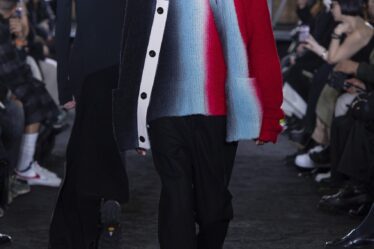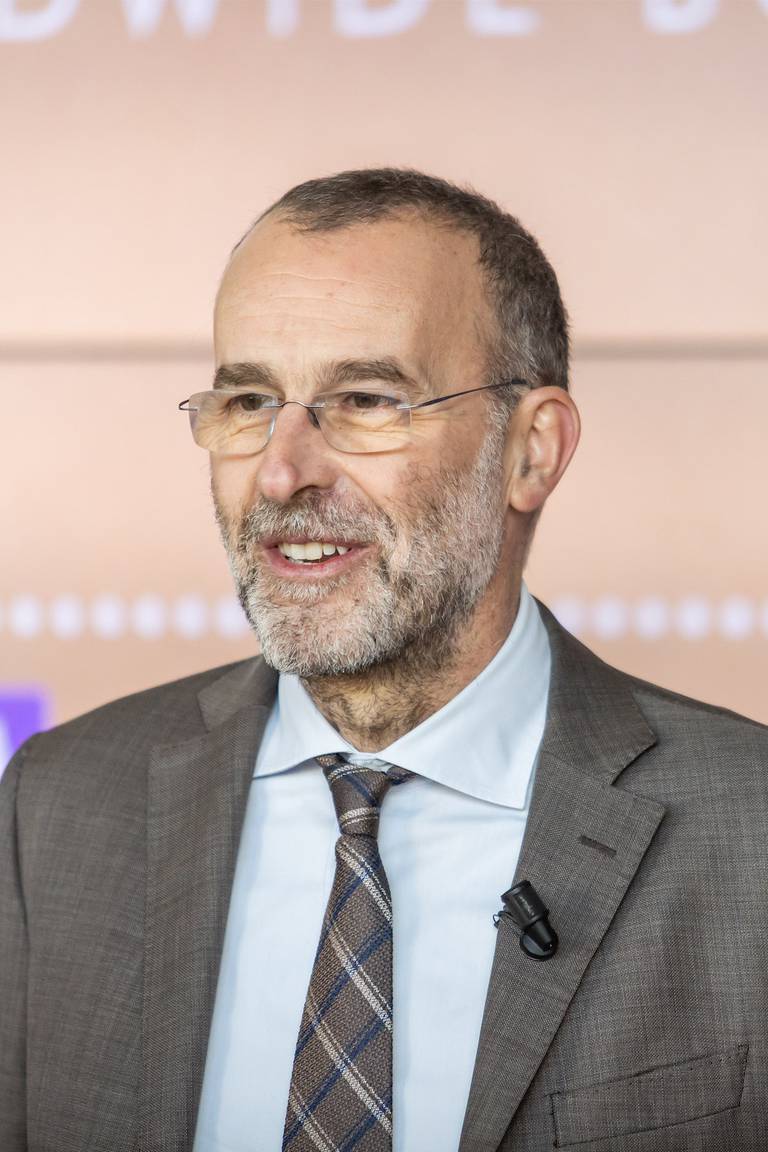
This March, the largest B2B beauty event in the world, Cosmoprof Worldwide, returned to Bologna. For more than 50 years, Cosmoprof has invited companies and professionals from all sectors of the cosmetics industry, to connect brands and businesses, retailers and buyers, suppliers and manufacturers, and showcase the latest trends, innovations and evolutions in the beauty industry.
Since its inception in 1967, Cosmoprof has expanded to regional beauty shows to Hong Kong, Las Vegas, Mumbai and Bangkok, among others. Yet its Bologna edition remains its largest, with the greatest international reach, championing Made in Italy to its international audience. The event saw 2984 companies exhibiting, up 11 percent from 2022, and hailed from 64 countries. Visitors to the event come from over 116 countries and regions, with buyers coming from 50 countries. More than 250,000 visitors from 153 countries and regions attended the event, with buyers coming from over 50 countries.
More than 50 “indie” brands featured in the Extraordinary Gallery, while CosmoPack is dedicated to manufacturing and the supply chain. The Beauty Tech area then showcases technological innovations and next-gen apps spearheading digital evolution in the beauty space.
“One of the main trends is technology in beauty, and at Cosmoprof, we deal with this trend with different installations and content. For example, we have an area for beauty tech companies focusing on apps, AI, virtual realities, augmented realities, to benefit the user experience,” Enrico Zannini, general manager of BolognaFiere Cosmoprof, told BoF.
New to the 2023 edition was the Ingredients Zone, dedicated to producers and distributors of raw materials, active principles and functional ingredients, as well as essential oils, fragrances, and formulation services. Designed to offer greater visibility to an increasingly scrutinised area of the supply chain, the Zone’s CosmoFactory installation, dedicated to track and trace technologies, allowed visitors to follow a product’s life cycle.
“We decided to focus on ingredients, and the safety of ingredients, as it is so important for suppliers and a critical focus for consumers. This special area for ingredients is also a pillar for another initiative — the Track and Trace initiative. With this technology, we can more effectively measure a beauty product’s sustainability credentials in terms of impact,” said Zannini.
CosmoTrends and CosmoVision are their future-focused series of talks for attendees, in partnership with B2B beauty market insights company Beauty Streams, to understand trends and macro movements shaping their industry, while CosmoTalks invites industry personalities and professionals on stage to share insights and expertise.
“For example, diversity and inclusion was a key topic of our innovation sessions in the CosmoVision and macro-movements talk for the future of the beauty industry. Our partner Beautystreams spoke to the concept of otherness, the role hyper-personalisation will play in the future of beauty, and highlighted the fact that brands have to better personalise their offering for any kind of consumer in the future,” added Zannini.
As the largest B2B beauty event in the world, Cosmoprof Worldwide is an incubator for next-generation brands propelling the latest trends and consumer preferences forward. Now, BoF condenses key insights, macro-movements and trends from Cosmoprof, and shares insights from the event below.
Differentiating a Business in the Rise of Indie Brands
CosmoTalks: Originally created to meet the specific needs of a niche audience, indie brands are now increasingly conquering and transforming the market. The talk “Indie Brands, East Meets West, in collaboration with Harper’s Bazaar Kazakhstan, explored the reasons for the success of indie brands, the pitfalls for those entering the market today, and the secrets to staying competitive.
BoF: Legacy companies and investors have invested billions in independent beauty brands over the last 15 years — and valuations are rising. Between 2010 and 2014, the total enterprise value of beauty brands averaged 2.5 times that of the value of total sales; after 2014, the multiple increased to 3.6.
In the fourth quarter of 2022, fragrance captured the highest percentage of sales of any beauty category, according to the NPD Group and grew by seven percent year-on-year. In the fragrance market, established names like Chanel’s Coco Mademoiselle and Dior Sauvage, owned by LVMH, traditionally dominated the fragrance industry. But a wave of US-based indie brands, moving away from luxury marketing and found success in tailored messaging that speaks to individuals.
However, the sheer amount of activity in today’s beauty market has fundamentally altered what brands need to do to succeed. BoF’s case study “How to Build an Independent Beauty Brand” explains how selling direct-to-consumer or using exclusively “clean” ingredients are now standard approaches.
The term “clean”, when applied to beauty products, has become an overused label today that, in some cases like for Sephora, has even become a liability. Brands and retailers increasingly risk backlash if they are seen as failing to adequately explain the safety and efficacy of their products, and consumers increasingly perceive “clean” as a clearwashing.
Marketing hooks like a celebrity founder or endorsement may not be enough to guarantee success, especially in skin care — a category in which it is harder to gain credibility than makeup. A product must speak for itself to build consumer loyalty. As a result, a lot rides on every product for indie brands, making it crucial to have a crystal-clear vision of where products will fit in the market.
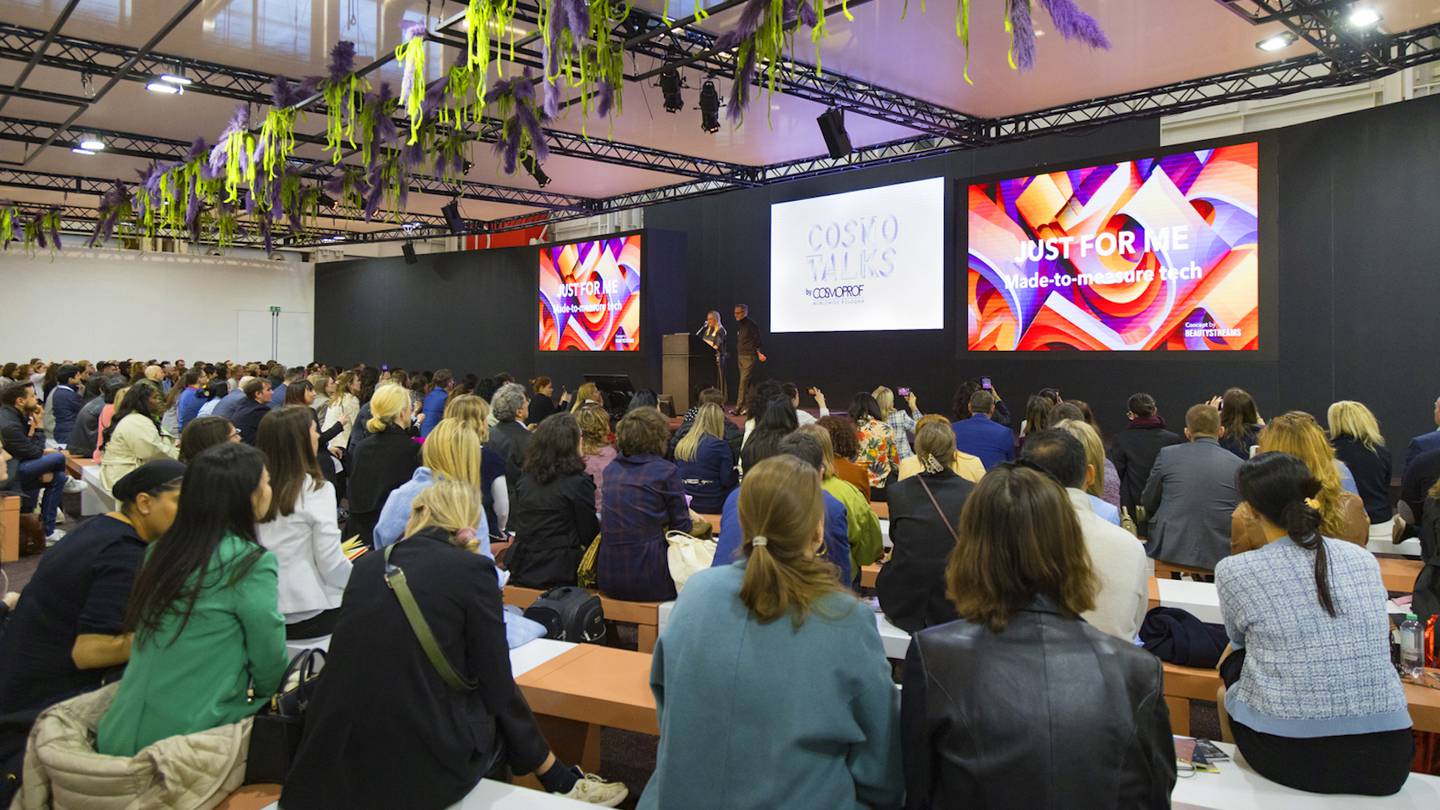
Catching Next-Gen Consumer Attention With TikTok and Sun-Care
CosmoTrends: Consumers are seeking year-round protection with innovative formulas that combine form with function, and a dose of sensoriality to boot. From high-tech sun filter complexes and ultra-thin sheer UV-blocking patches, to UV sensors embedded within packaging that measure the sun’s strength, the science of developing smart sun protection is challenging, but ultimately rewarding. Consumers will always want to go high-tech while frolicking in the sun.
BoF: Consumer awareness of SPF and sun-care has grown exponentially in recent years, with social media playing a significant role in consumer education. “Skinfluencers” is an increasingly popular creative content outlet on TikTok, with influencers and celebrities alike sharing their skincare routine.
According to Spate’s 2022 sun-care report, Google searches including the keywords “mineral sunscreen” and “tinted sunscreen” have increased by over 33 percent versus 2021. Searches for products like “sunscreen mist” and “scalp sunscreen” increased 75 percent and 43 percent respectively, as reported by Business Insider.
Social media and influencer marketing agency Fanbytes also reports that this trend is driven by TikTok, with two-thirds of its 1 billion active user base made up of Gen-Z. Some 90 percent of Gen-Z would rather spend their money on skincare rather than makeup, research product ingredients, and care more deeply about sustainability.
With safety standards around ingredients still murky, knowledge from experts, particularly cosmetic chemists, have grown in popularity on social media. But misinformation about ingredients can spread quickly on TikTok and Instagram, and beauty businesses must remain diligent of how products and ingredients are perceived.
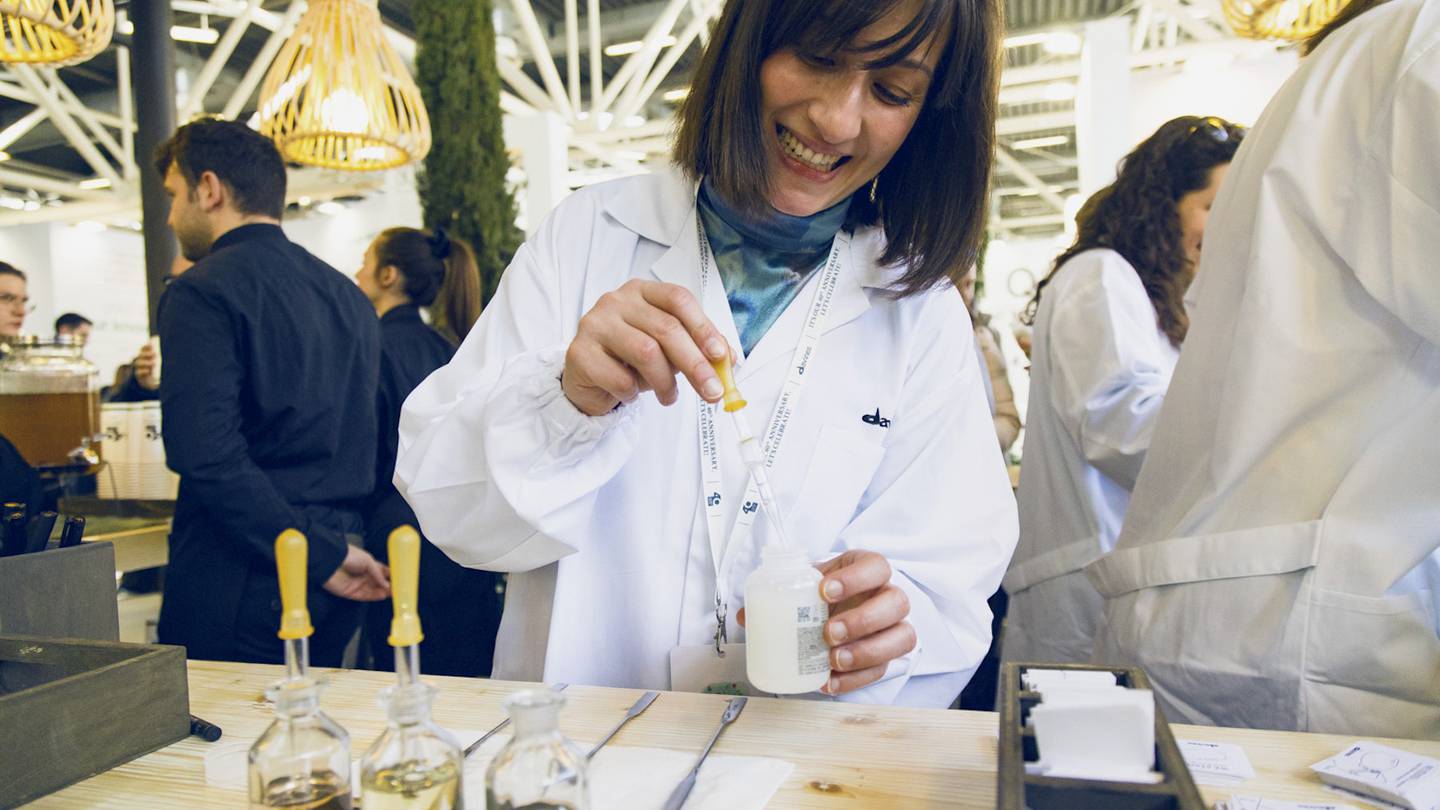
Integrating Upcycling in Beauty Packaging
CosmoTrends: From reducing the amount of waste sent to landfills (which produce methane, a potent greenhouse gas) to minimising the use of natural resources, upcycling continues to inspire brands to think differently about their ingredients and manufacturing processes. In beauty, the food industry is a rich source of upcycled ingredients, proving that today’s waste is tomorrow’s valuable asset.
CosmoProf Award: The Earth Beat Denim Lipstick by Cosmei won a Cosmoprof Award 2023. It is an example of a cosmetic product using upcycled denim fibres to create the refillable packaging. The cellulose acetate is a bio-based polymer made of 70 percent wood pulp and 30 percent bio-based compound polymer.
BoF: To grab consumer attention with packaging, it is less about a pastel hue or Gen-Z yellow today, and more about sustainable, upcycled or recyclable options.
With consumers increasingly concerned about their carbon footprint — and the global cosmetics industry produces 120 billion units of packaging every year, according to recycling company TerraCycle — the environmental impact of packaging remains a critical hurdle for the beauty industry.
As international governmental bodies continue to take sustainability more seriously and integrate targets into legislative action, brands need to stay abreast of such movements. In November 2022, The European Commission proposed new rules to reduce packaging waste through increased recycled content, which includes materials used for online deliveries. Under the proposal, all 27 EU members will be required to reduce packaging waste per capita by 5 percent by 2030 and 15 percent by 2040 compared with 2018 levels.
The proposal, which could still be changed, retains recycling targets of 65 percent by 2025 and 70 percent by 2030 from the directive’s last update in 2018, with specific targets per packaging material. By 2030, all packaging would need to be designed so that it can be recycled and manufacturers should ensure it is in reality recycled “at scale” by 2035.
For one, L’Oréal is aiming to increase its use of recycled plastics, which currently account for more than half of its PET plastics packaging. It has also been transforming its product formulas to move further away from petrochemicals toward more “biotech” chemicals that combine lab-grown and natural ingredients and help preserve natural resources.
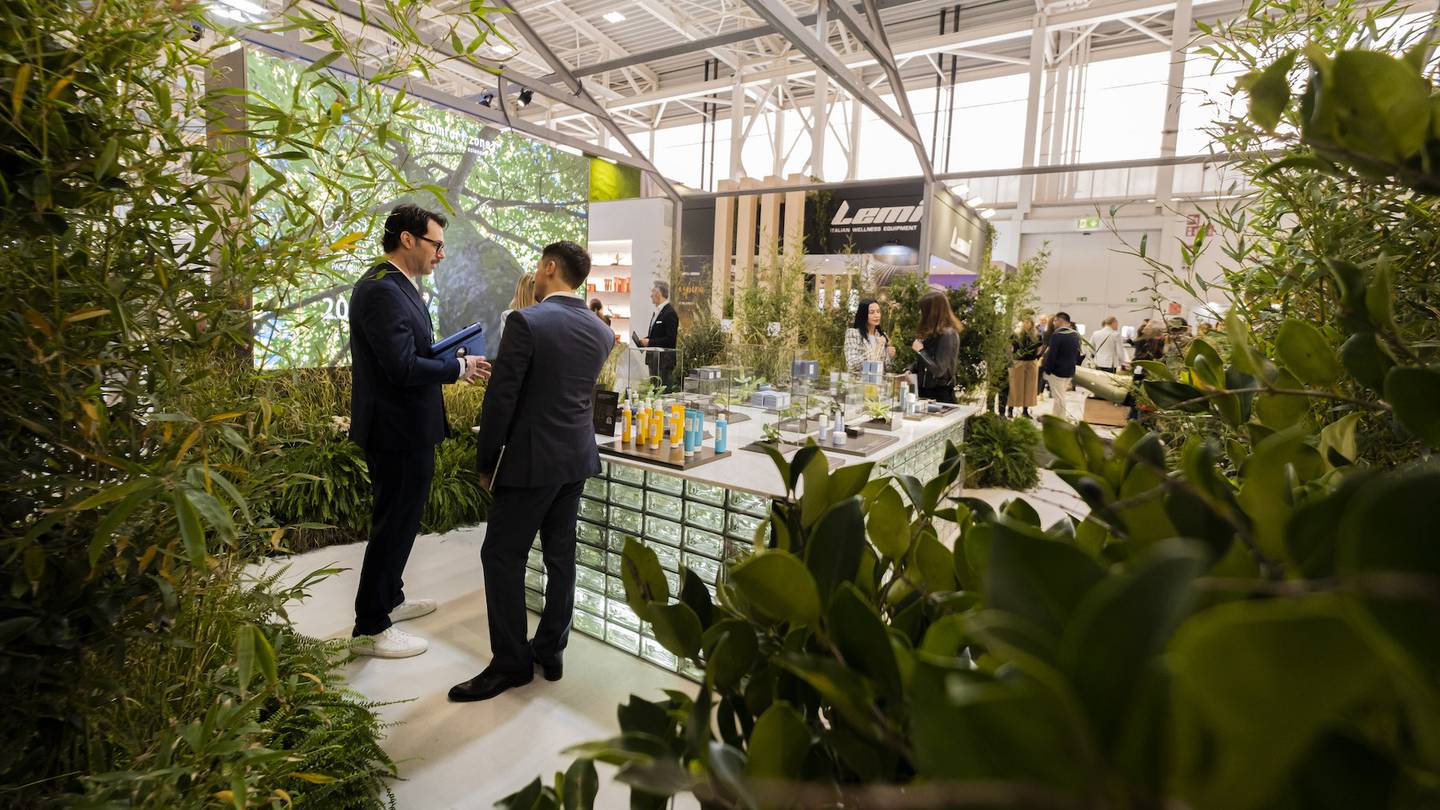
Localising Production Processes
CosmoTrends: “Local is the new global” is the mantra for consumers for whom authenticity, community, mindfulness, eco-consciousness, provenance and ethical commerce loom large in their minds.
BoF: In 2022, supply chain, logistics and inventory management were labelled by executives as the biggest challenge ahead for the industry in BoF and McKinsey & Co.’s State of Fashion Report. Executives are faced with finding logistical solutions to ESG improvements, led by consumer expectations and, increasingly, mandated regulations.
Global shipping is a heavy contributor to fashion’s environmental impact, with flights the most carbon-intensive and expensive means of moving goods around the world. But flights are also the fastest, meaning that brands rely on air freight to meet the other leading consumer expectation of speed and convenience.
Despite increased attention to its damaging impact, air cargo volume was expected to grow around 4 percent year on year in 2022, up 12 percent from pre-pandemic levels in 2019, according to the International Air Transport Association.
Whether motivated by sustainable or economic pressure, or continuing solutions found by navigating pandemic-induced logistical hurdles, many businesses are localising their supply chain and optimising the “last mile” journey. This refers to the final segment of the e-commerce supply chain — getting orders to customers’ homes.
Ten years ago, retailers often based their e-commerce operations out of one strategically located warehouse. Today, retailers are leveraging multiple warehouses across key consumer markets to keep delivery costs, and travelling distance, down. For example, Farfetch operates 16 warehouses across the world and Amazon has 100s in the US alone.
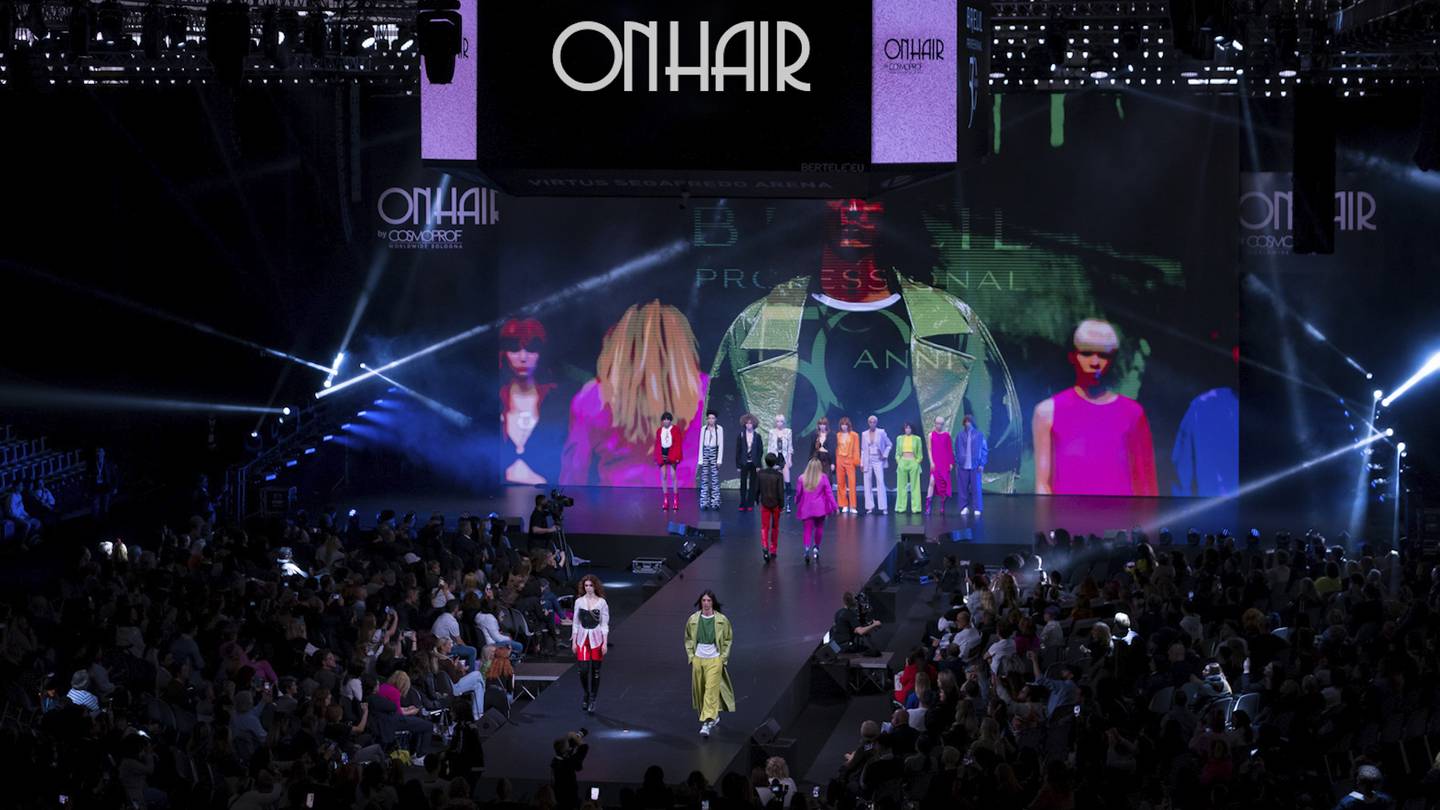
Increasing Visibility in the Beauty Supply Chain
CosmoTrend: Clinical and serious skin care brands are under the microscope when it comes to their claims, and they are increasingly collaborating with academic and research institutions, as well as third-party testing to develop, affirm and prove the validity of their claims. Consumers are especially hungry for information they can trust. Serious scientific credentials empower them to take a leap of faith in a new product or service.
CosmoFactory: The installation showcased how track and trace technologies offer an overview of a product’s life cycle, from raw material selection to distribution. Users could see the functionality of Track and Trace from the consumer’s point of view, offering full transparency into brand values and production processes, and giving indications on how to refill and recycle packaging materials.
BoF: In BoF and McKinsey’s State of Fashion 2022 special report on technology, more than 50 percent of fashion decision makers said that traceability will be a top-five enabler to reduce emissions in their supply chains before 2025. Yet, most brands only have visibility over their suppliers with whom they have direct relationships.
Traceability plays a key role in helping companies navigate the fast-evolving regulatory landscape. For example, in the US, the Securities and Exchange Commission has proposed its Enhancement and Standardization of Climate-Related Disclosures for Investors, which will require US-listed companies to disclose emissions from tiers one, two and three of their supply chains.
Similarly, the EU has proposed legislation that will set mandatory minimum levels for recycled content in products. This will require digital twins for products that contain sustainability information to combat misleading marketing, or “greenwashing.” Companies need to demonstrate to the financial community how they are meeting investment criteria relating to environmental, social and governance targets.
In 2022, 50 beauty companies, including Estée Lauder Companies as well as professional associations, formed a consortium in partnership with independent bodies to develop an “eco beauty score” for cosmetics companies to assess their environmental impact. There is, however, a great deal of criticism facing industry-backed initiatives in general.
Customers are increasingly calling on brands to be better equipped to assess and disclose their sustainability claims. In China, 25 percent of customers rank sustainability as one of the top three factors that they consider when purchasing luxury products. In Europe, 60 percent of fashion customers say transparency is important.
This is a sponsored feature paid for by Italian Trade Agency (ITA) as part of a BoF partnership.

